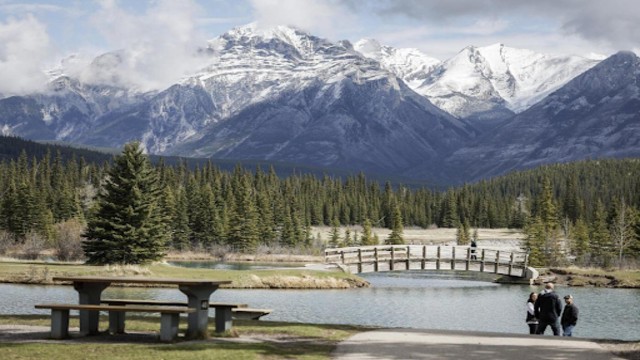
Strong winds and heavy rain hit Harrison County Beaches in Pass Christian, Mississippi, on Wednesday, September 11, 2024, as Hurricane Francine passed through. AP Photo
Hurricane Francine struck Louisiana's coast Wednesday evening as a fierce Category 2 storm, bringing severe destruction with winds reaching 100 m.p.h. Over 245,000 homes and businesses lost power as the storm landed in Terrebonne Parish, about 30 miles southwest of Morgan City. This region, still reeling from previous hurricanes in 2020 and 2021, braced for yet another disaster as Francine unleashed torrential rain, violent winds, and dangerous storm surges.
Morgan City’s Fire Chief, Alvin Cockerham, described the situation as more severe than anticipated. “It’s a little bit worse than what I expected to be honest with you,” he stated, noting the extensive flooding, downed power lines, and widespread damage caused by the storm. Many roads became too treacherous to navigate, forcing emergency response vehicles to retreat for safety.
Scenes from across the coastal communities revealed the storm's might. Waves battered sea walls, and water poured into streets and neighbourhoods, submerging homes. Tall oak and cypress trees struggled against the wind, and utility poles teetered dangerously.
Power outages spread rapidly across southeastern Louisiana, leaving hundreds of thousands in the dark. In Morgan City, nearly every home and business was affected. Sheltering from the storm at her mother’s house, Laura Leftwich described watching the winds blow away large birdhouses and flood the streets. "It’s a little scary,” she admitted, even though she was keeping in touch with friends via a generator-powered internet connection.
The National Hurricane Center urged residents across southern Louisiana to take shelter as Francine moved northeast at a swift pace of 17 m.p.h. Forecasters warned that the storm's eye could pass close to New Orleans, where conditions were rapidly worsening. “It’s not going to be a good night to be driving on the roads,” cautioned Jamie Rhome, deputy director of the hurricane center.
Vehicles navigate through rain showers on Peter Road near New Orleans as Tropical Storm Francine approaches Harvey, Louisiana, on Tuesday, September 10, 2024. AP Photo
As the storm approached, businesses in Morgan City had boarded up their windows, preparing for the worst. Pat Simon, a 75-year-old retired boat captain, and his wife Ruth loaded their possessions into a rented truck to evacuate their home. Simon remained cautiously optimistic, comparing the storm to past hurricanes like Ida and Katrina, saying, “I don’t think it’s going to be that bad, like some of the other ones.”
Francine, which quickly strengthened from a Category 1 to Category 2 hurricane, drew power from the unusually warm waters of the Gulf of Mexico. A 105 m.p.h. Wind gusts were reported from a coastal island, and meteorologists predicted heavy rains and more hurricane-force winds as the storm moved inland.
Louisiana Governor Jeff Landry urged residents to stay home and off the roads, warning that the National Guard was being mobilized to assist. They were equipped with water, food, boats, and helicopters to handle potential rescue operations.
Francine is part of a long history of hurricanes that have battered Louisiana, which has seen 57 hurricanes pass through or hit its shores since the mid-19th century. The hurricane, about 65 miles southwest of Morgan City, threatened to overwhelm the city’s riverbanks and surrounding marshlands.
Businesses like Larry Doiron’s Chevron station kept their doors open to serve the community. “We’re the only place out here for the sheriff’s department, the fire department. We have gas. All the locals depend on us,” Doiron said as he prepared to continue operations despite the storm.
President Joe Biden approved an emergency declaration to aid Louisiana, unlocking federal resources to help with recovery efforts. Both Louisiana and Mississippi declared states of emergency, allowing their governors to deploy resources quickly.
By Wednesday night, the hurricane warning extended across the Louisiana coast, with storm surge warnings in place from the Mississippi-Alabama border to the Alabama-Florida border. Mississippi emergency services distributed sandbags to brace for flooding, while schools closed in anticipation of the storm.
New Orleans felt Francine’s early impact as bands of heavy rain began to flood streets, and drivers parked on grassy medians to avoid water damage. Forecasters warned that much of Louisiana, Mississippi, and the Florida Panhandle could see four to eight inches of rain, with some areas receiving up to 12 inches.















